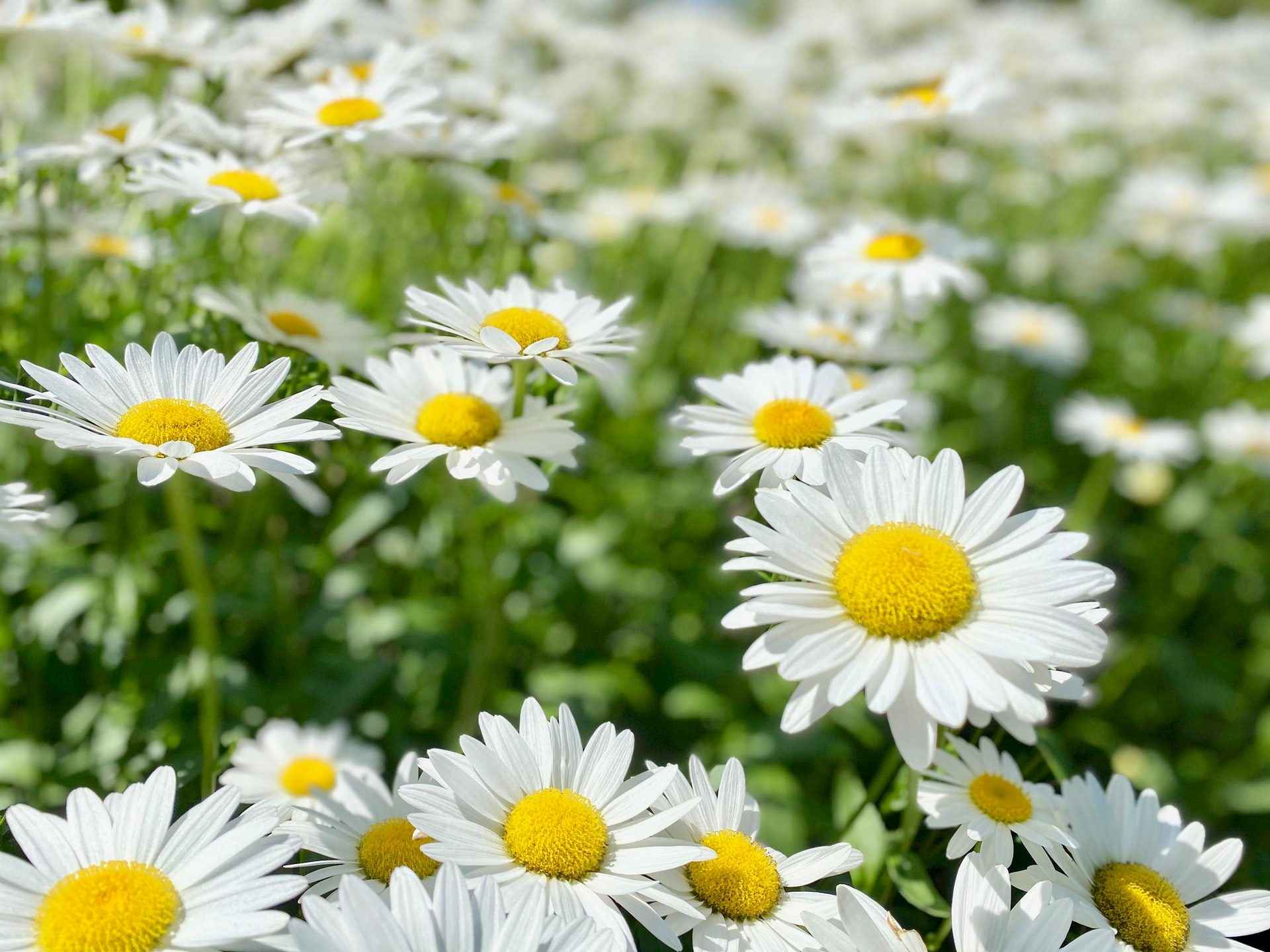Using Daisies in the Lab
ResourceWhether you love them or loathe them in your lawn, daisies are plants that make a useful contribution to ecological fieldwork, allowing investigations on topics of abundance, distribution and habitats. They are also a nice example of a plant which clearly demonstrates circadian rhythms.
Practicals
- Ecology – Measure its distribution using transect and quadrats. Resource: Measuring abundance and random sampling.
- Ecology – Resource: Questions about Quadrats.
- Circadian rhythms – View more information and a video of daisies opening and closing here.
Teaching Topics
- Sampling
- Quadrats
- Habitats
- Distribution
- Abundance
- Transect
- Circadian rhythyms
Description
Daisy, Bellis perennis
An abundant, small, low-lying plant visible in short turf, has white flowers with yellow centres and pink flecks that appear most of the year, except in freezing conditions. Daisies clearly demonstrate circadian rhythms, as during the course of each day the daisy’s leaves flap, the flower petals open and close, the stem grows in spurts, and the stomata open and close. In fact, the modern name “daisy” comes from the original name “day’s eye”.
Growing and sourcing
Obtaining: Widely distributed in school grounds and playing fields. No cost, but you will need to advise school ground staff not to cut when the flower heads are produced and check no weed-killers are being applied. A useful resource for this activity is the FSC playing field plants foldout guide.
